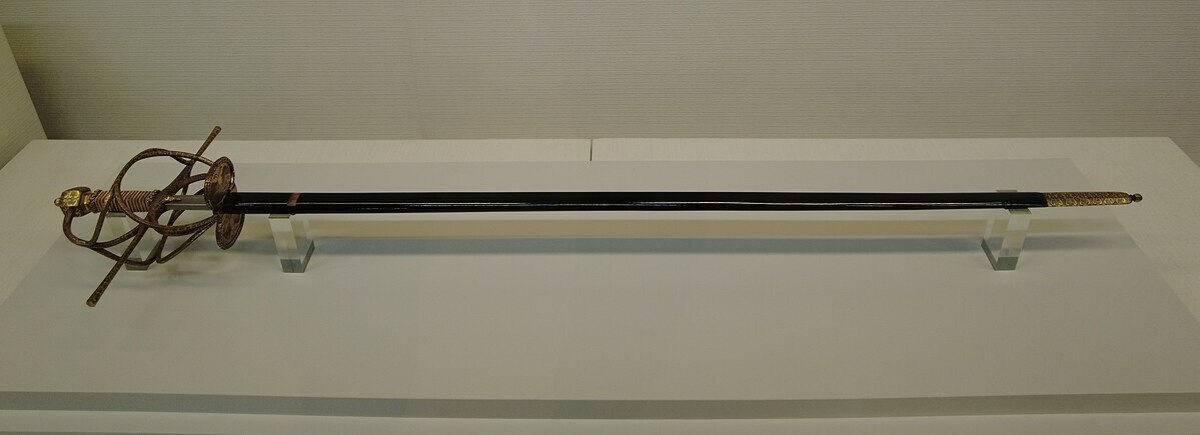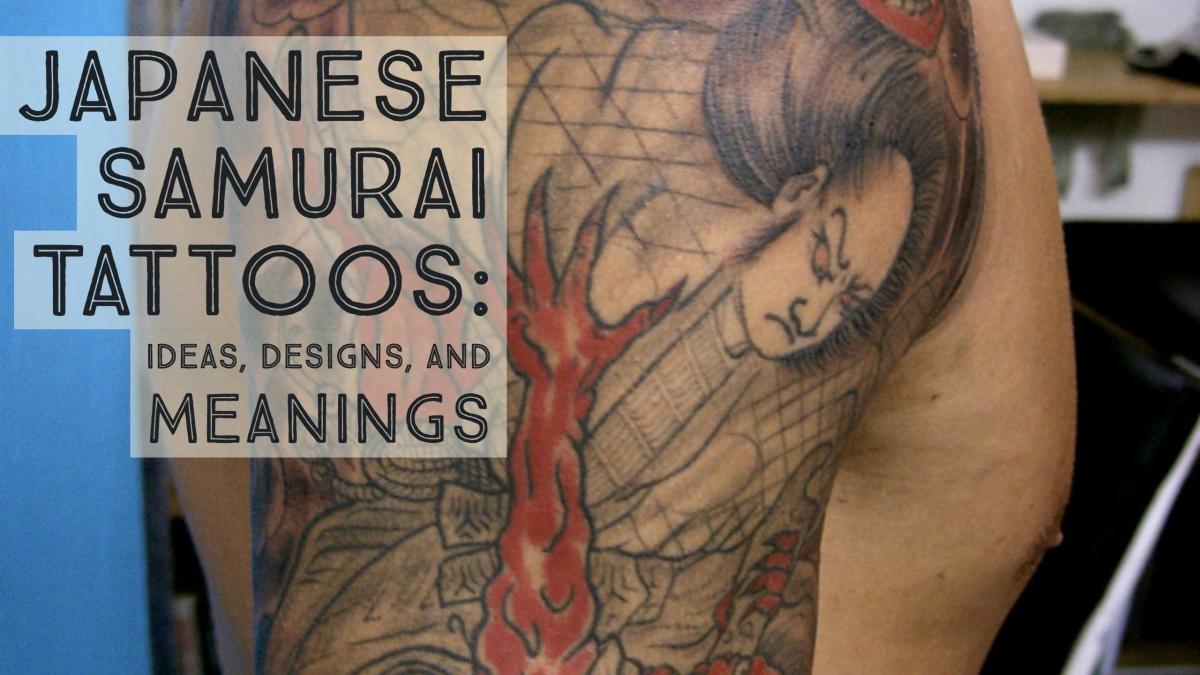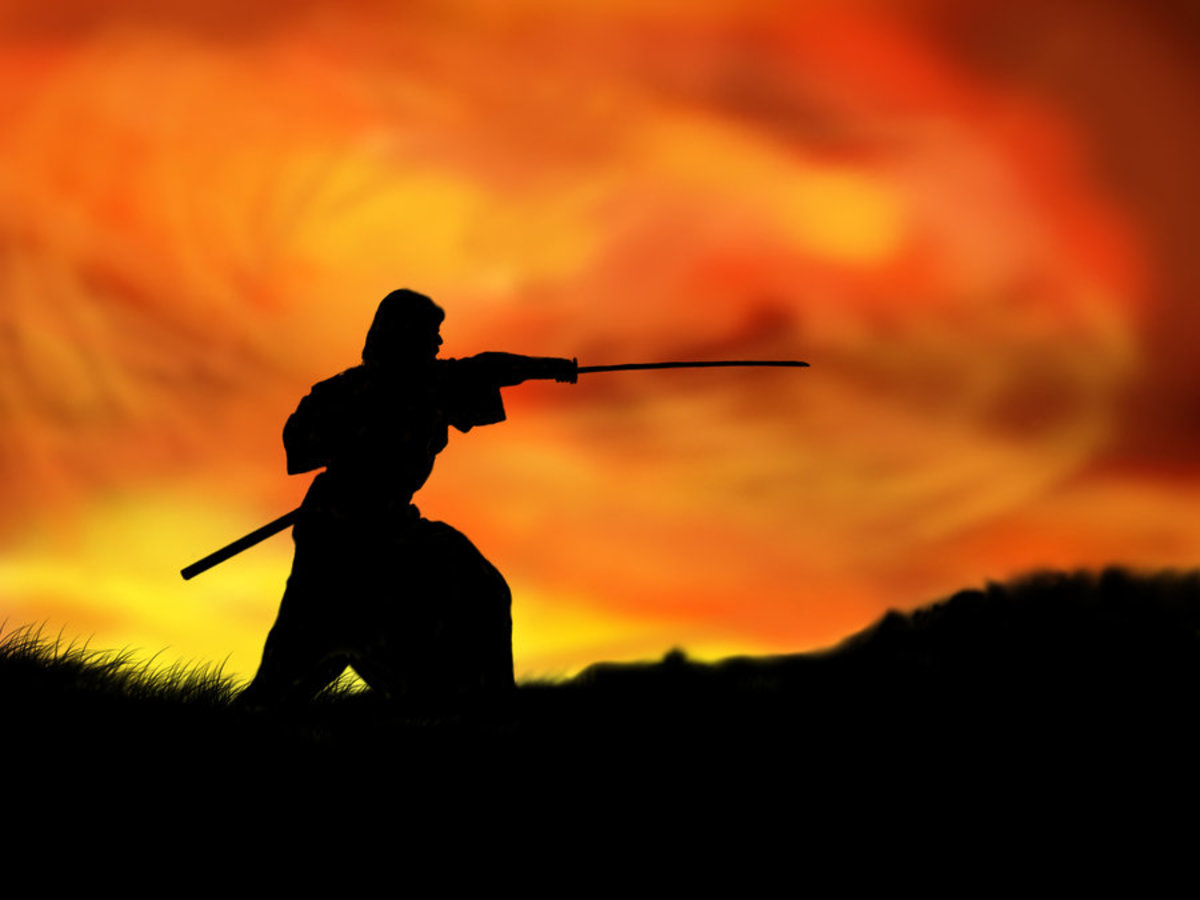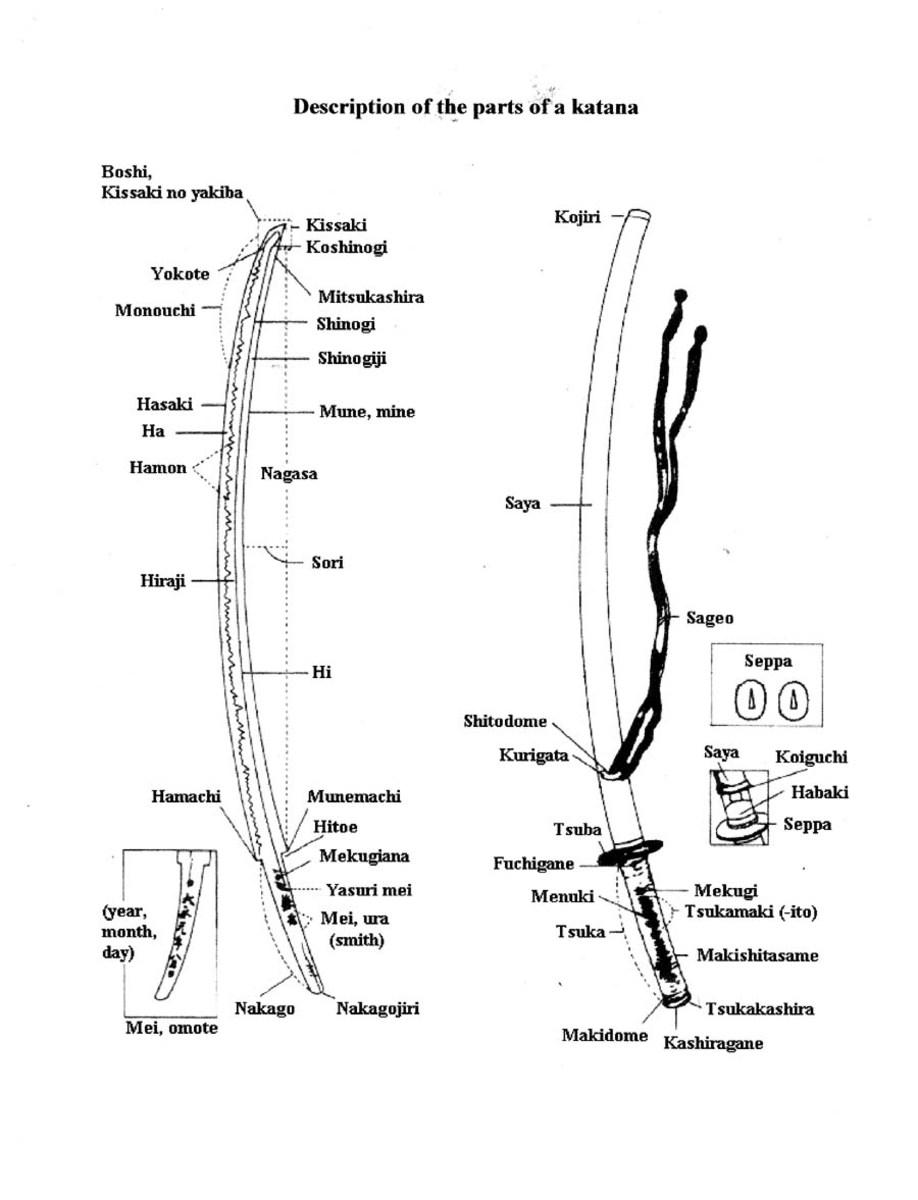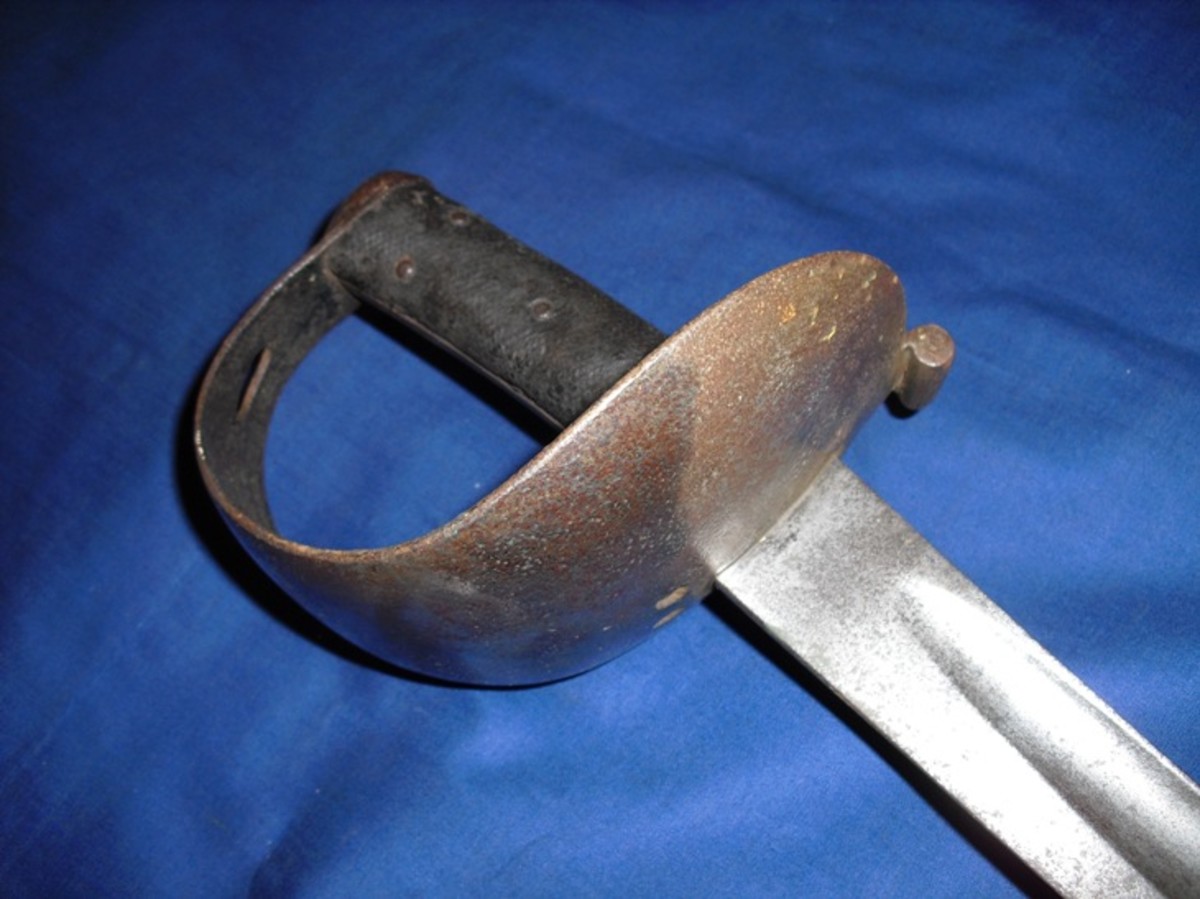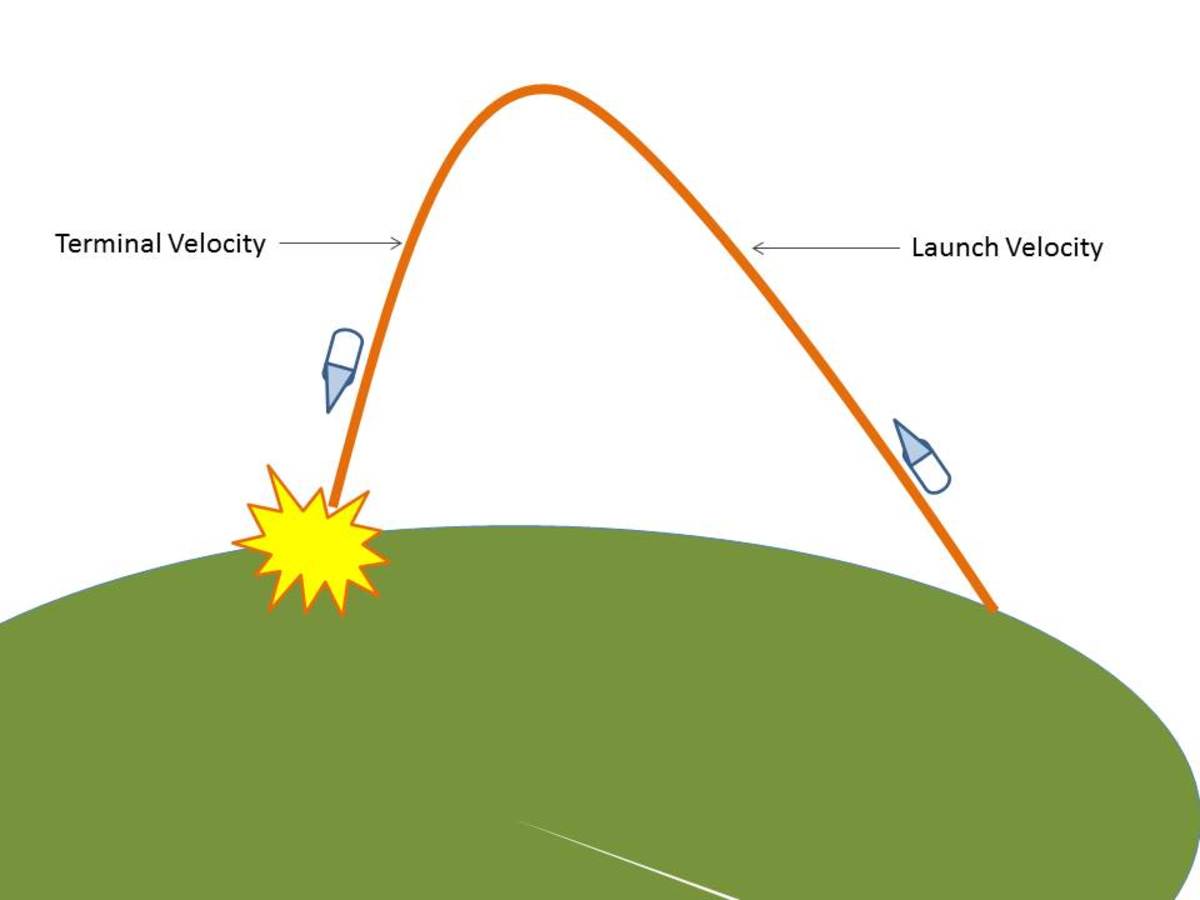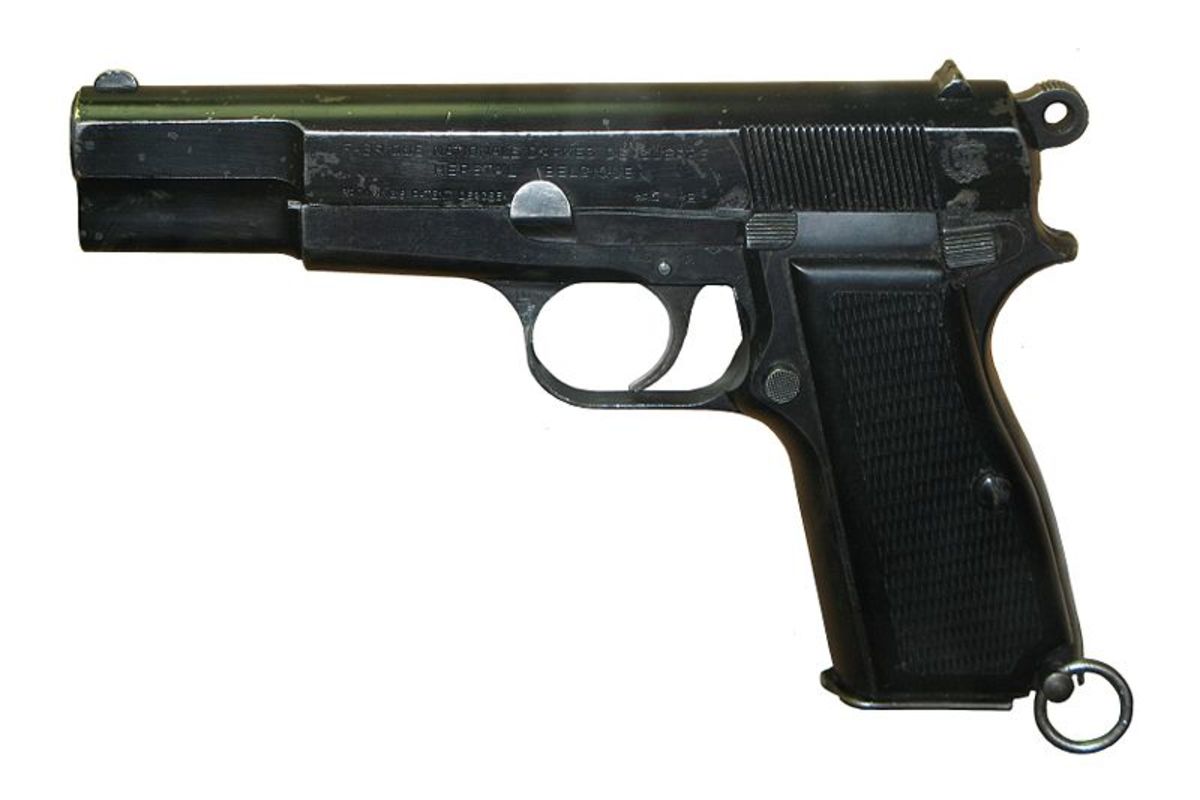- HubPages»
- Education and Science»
- History & Archaeology»
- Military History
The Swords of the Samurai
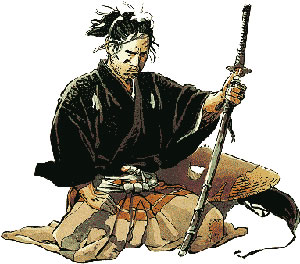
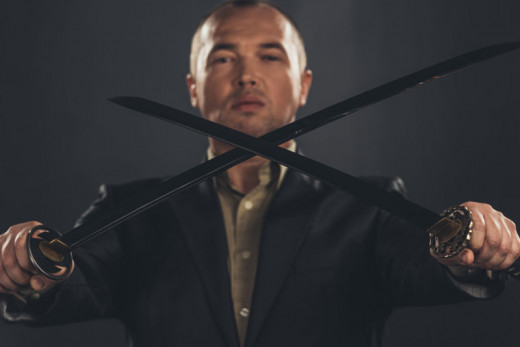
Background
The sword is one of the oldest weapons used by man. It was a weapon for personal combat. Later the cavalry also used it. It was a weapon for personal use and men of distinction carried it as a sign of their authority.
The swords used in the East were slightly different from the ones used by the Europeans. These swords had a slightly curved shape. The only difference from various eastern swords was the degree of curvature. Indian and Persian swords had a greater angle of curvature than the Japanese swords.
The sword was perhaps one of the first inventions of the Iron Age. It was probably invented just after the spear was created. Because it was lighter and more maneuverable than any other weapon, it became a personal weapon for generals and kings. Over time it got associated with gallantry and there are umpteen tales in the history, of swordsmen who made a name for themselves. Many have been immortalized in literature. Alexander Dumas brought in the romantic and chivalrous swordsman in his creation of D'Ártigan in his "Three Musketeers."
The Japanese martial tradition traces it directly to the sword. The movie ‘The Last Samurai” brings out the ethos of Japanese culture and one can appreciate the significance attached to the sword. No other nation had so great a love for the sword as the Japanese. The Japanese used the swords with impunity right up to World War II. It was the main weapon to behead POW and wounded soldiers. This was a sad spectacle and did no justice to the martial traditions of the Japanese.
In fact during the war, many soldiers took part in a race to behead the most numbers of the enemy in China. The Imperial army did not cover itself with any glory in this episode.
Samurai and swords
The Japanese trace the lineage of their swords to almost 600 BC. That's a pretty long time back. It is however much later than the Indian period which traces the origin of the sword to 4000 BC. The swordsman is greatly extolled in the Mahabharata which was composed around 4500-5000 BC. In popularity, it was second only to archery. The exponent of the Japanese culture as far swords were concerned were the Samurai, a class of warriors the like of which the world has never seen.
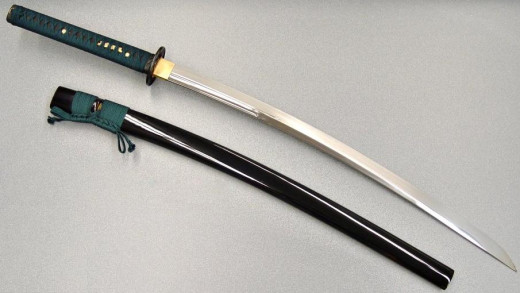
The Samurai
The Samurai were a warrior class exclusive to Japan. The nearest we have to this classification is the Kshatriyas in India. The Samurai were an elite class of warriors whose profession was to fight for the emperor. They came into prominence from about the 12th century. From that period they developed a number of designs for their swords. However, the central design of a slight curve was retained. The Samurai were extolled as great warriors and records show that they were brave and fearless. Death by the sword in combat was one of the hallowed ways to go from this world and as per Japanese mythology, the Samurai who died in battle went to heaven and the Gods. The last great Samurai was Saigo Takamori, who died fighting the Emperors army trained by the Americans.
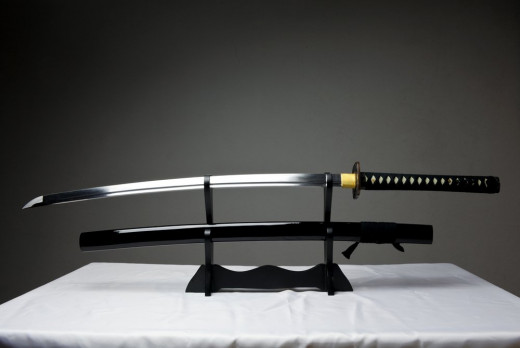
Designs of Japanese Swords
The sword was the main weapon of the Samurai. They preferred long swords as it gave them greater maneuverability and because of its aerodynamic shape the drag coefficient was low and the warrior could swing the sword as he required. The drag was low mainly because air resistance when the sword was swung was negligible. Credit for this must go to the curved shape. The cutting edge was on the outer side of the curve. This had a significant effect on its aerodynamics. One wonders if the Japanese knew of the theory of air resistance. The sword was used by the Samurai to behead with just one stroke. How to behead with one stroke was taught in the Samurai schools., It was inconceivable that a warrior will use a second blow to behad an opponent.
Unlike Indian and Arab swords which had no unit of measurement for length of the sword, the Japanese swords had a unit of measurement. This was called the "Shaku". One unit of Shaku was roughly equivalent to 30.3 centimeters. Thus the length of a sword could be1, 2, or 3 Shakus.
Japanese warriors generally used a sword length of 2 shaku. The Samurai sometimes used swords with a length of 3 shakus. The longer the sword, greater was the angle of its operation. It could be swung over the greater arc and was thus very lethal if properly used. Samurai always preferred longer swords. But even the long swords of the Samurai were at least a foot shorter than the swords used by Indian warriors, but Arabs used shorter swords.
The Japanese used the swords not only for fighting but also for ceremonial death. This is unheard of in other civilizations and contrary to popular Buddhist concepts. Japan is a Buddhist country and I have never understood how these concepts spread to Japan. For this purpose, the Japanese used a smaller sword of 1 shaku. One may or may not agree with it but it was awesome and required great courage. The famous Japanese writer Yushi Mishima killed himself in this ritual manner.
The Eastern sword differed from the European sword where warriors used a broad sword with two edges. The oriental sword was more lethal and aerodynamic and it was not long before the British incorporated it as the Sabre for their cavalry. They used their cavalry with curved swords in India and the Crimean war.
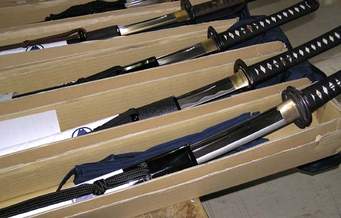
Last word
The swords have now died a natural death. The advent of the rifle saw the sword curved or square go out of fashion into oblivion. Yet as late as World War I, the British Indian Army, in particular, the Jodhpur Lancers assaulted Turkish lines replete with machine guns in the battle of Haifa. The city was freed after 400 years of Turkish rule. There was also a last battle by the Samurai with swords against the Japanese emperor in 1873 but it failed. The man who led this battle was Saigo Takamori, often hailed as the Last Samurai.
Swords are now used only for ceremonial occasions. They are used in passing out parades and mess functions. Many collectors buy these swords and there is a thriving market for them. Americans love the swords and if they were used by the Samurai the bids will be higher. Over a million swords have found a home in America.

